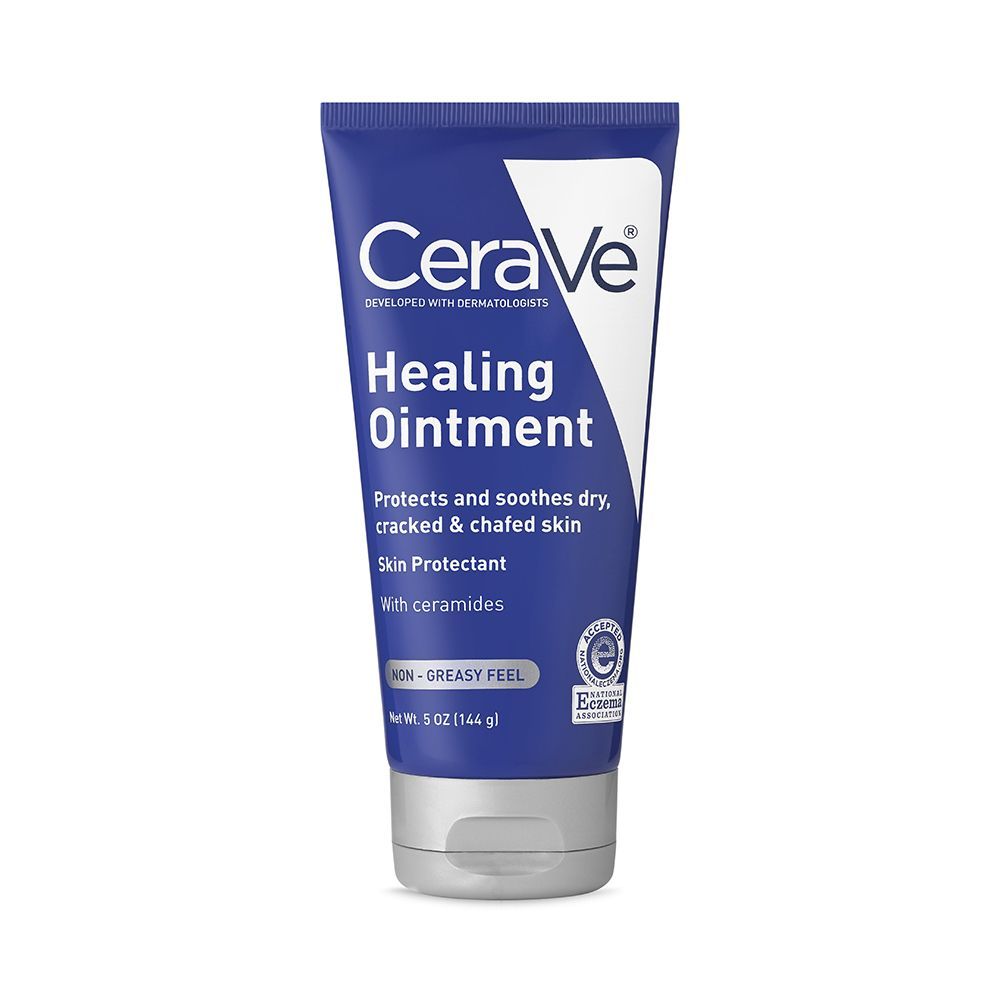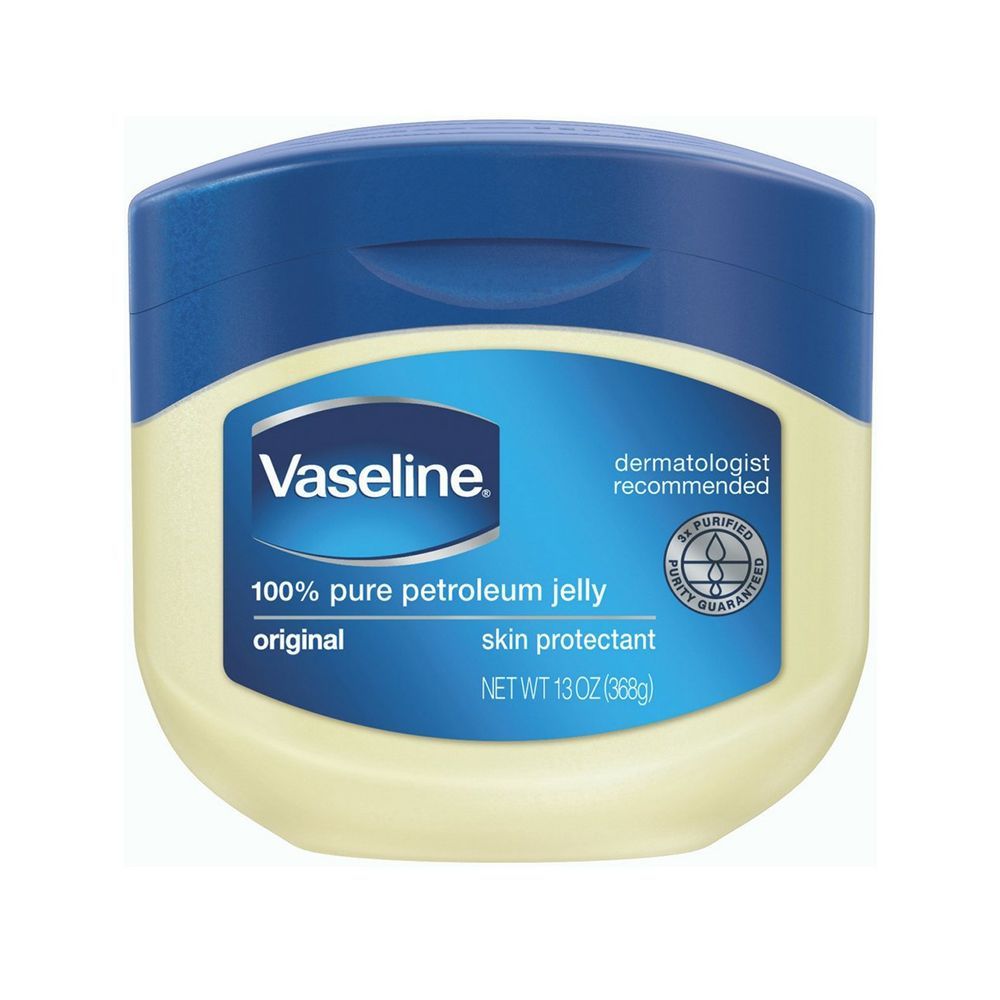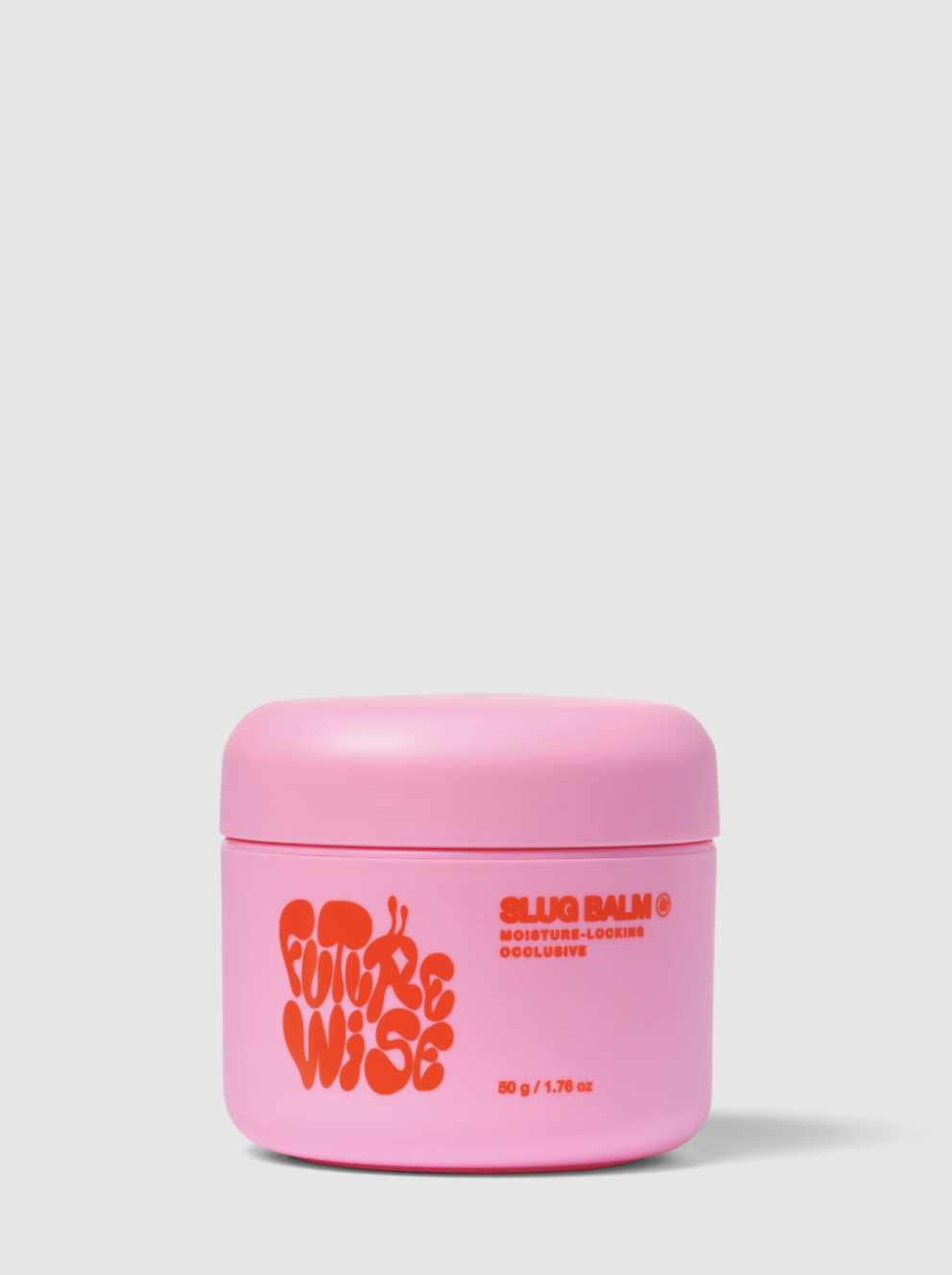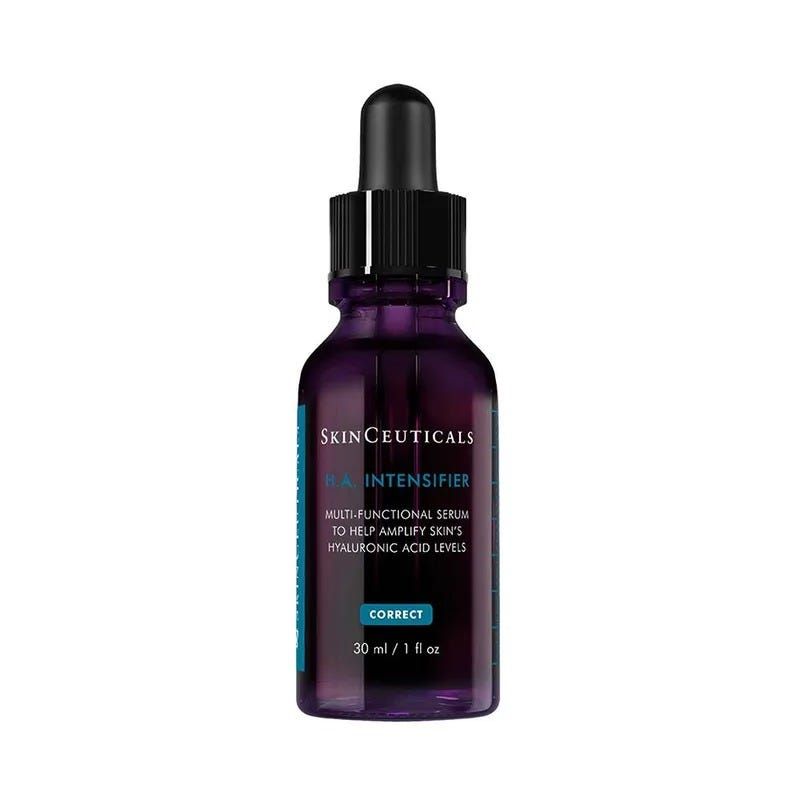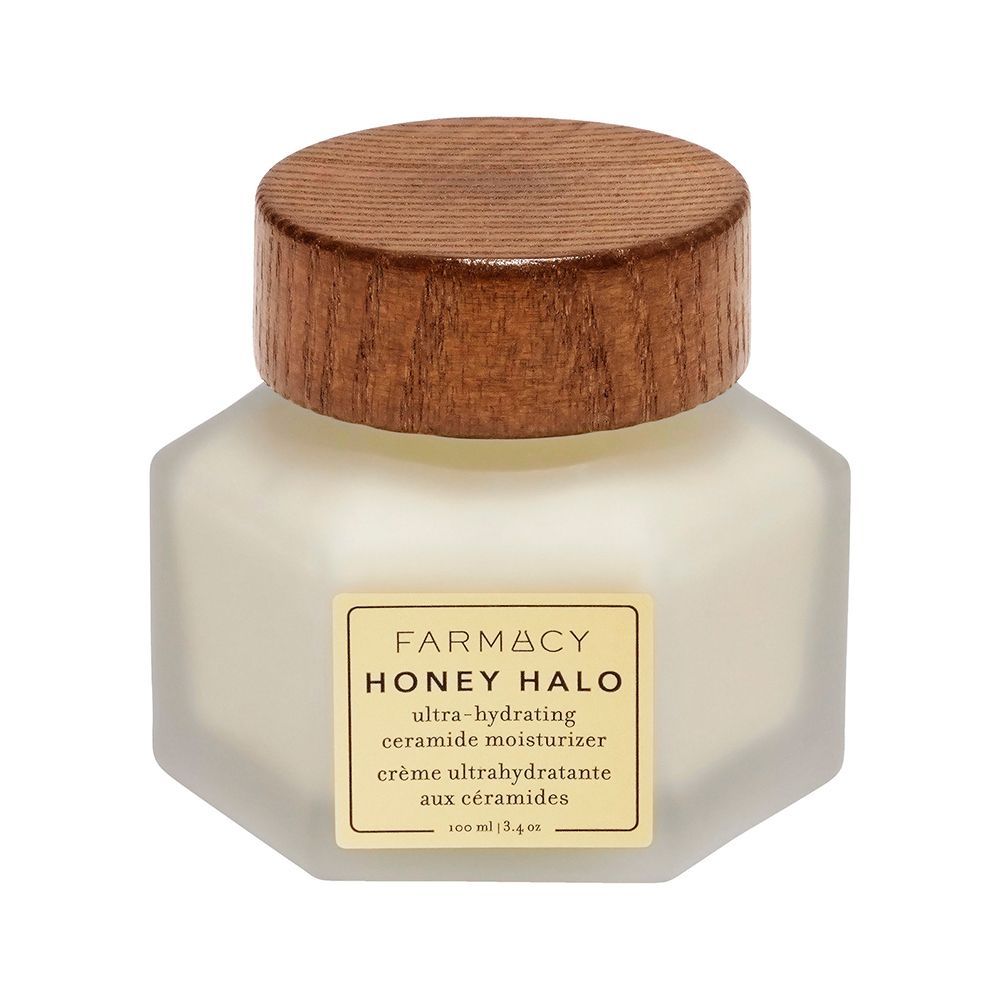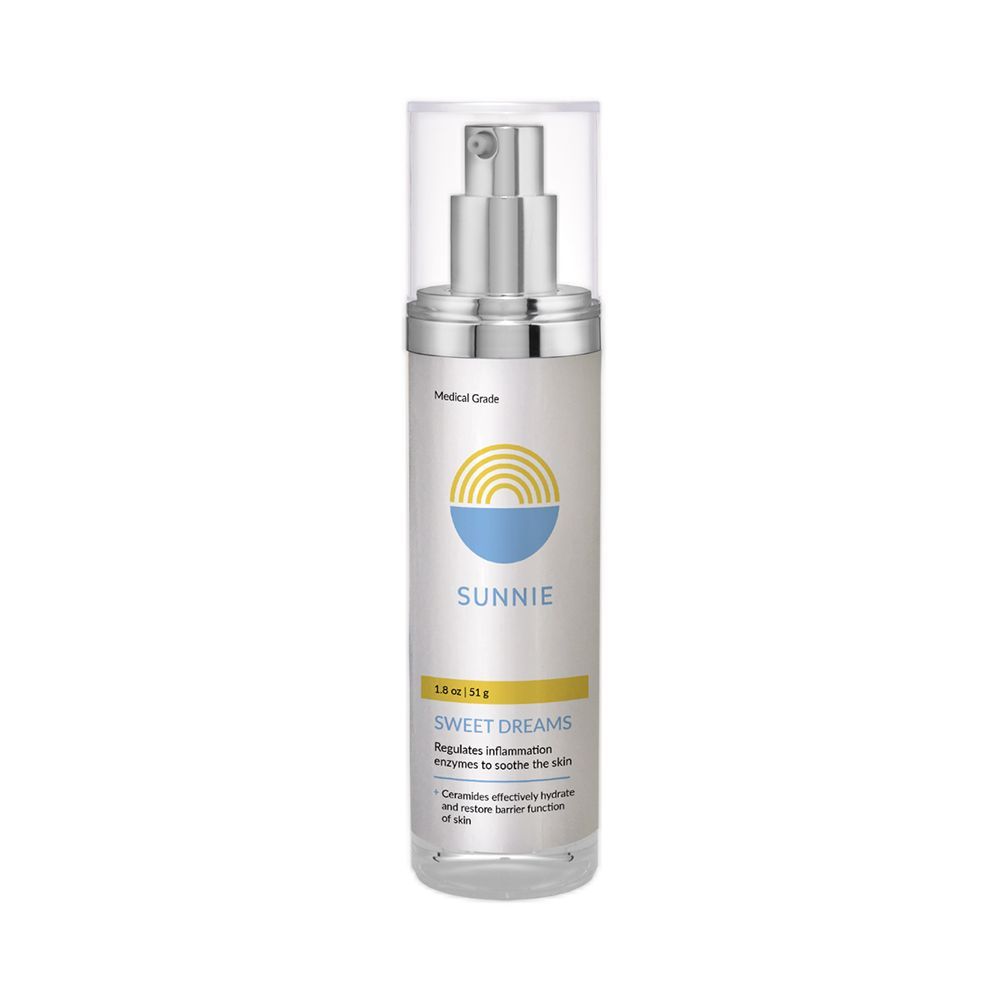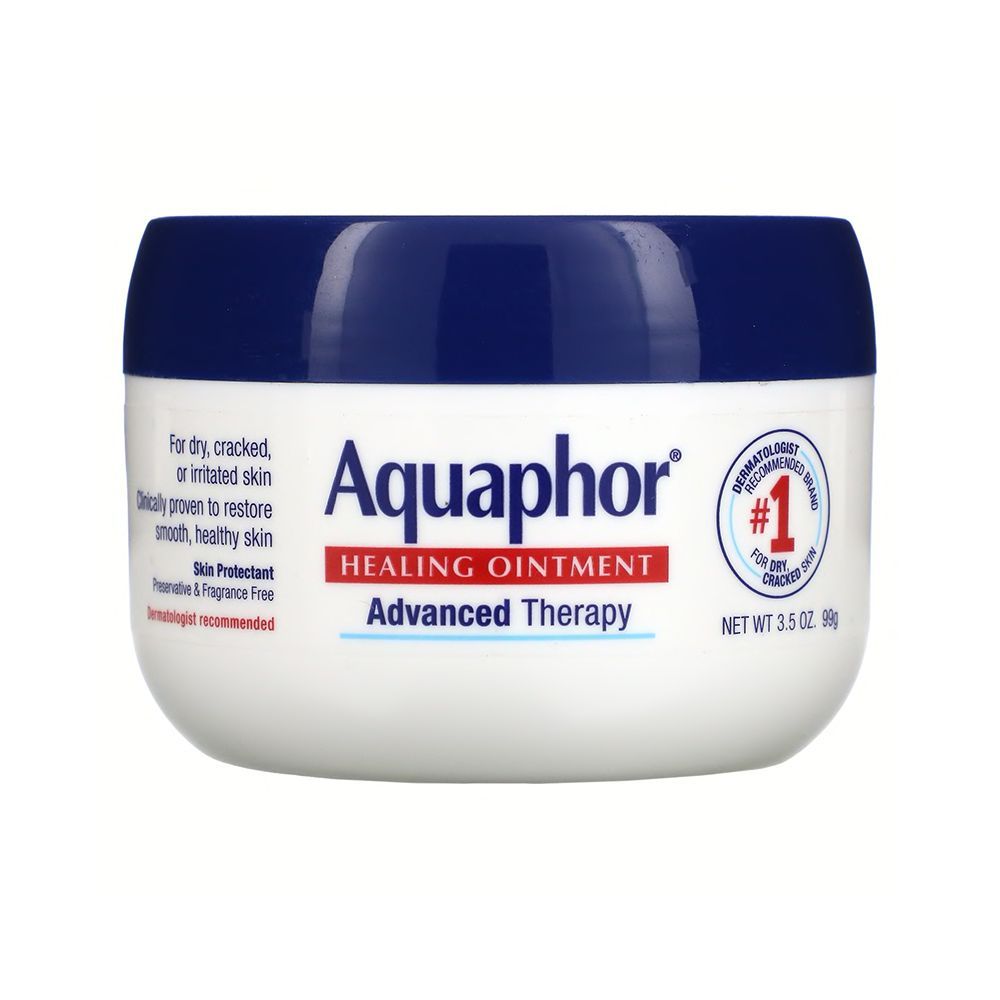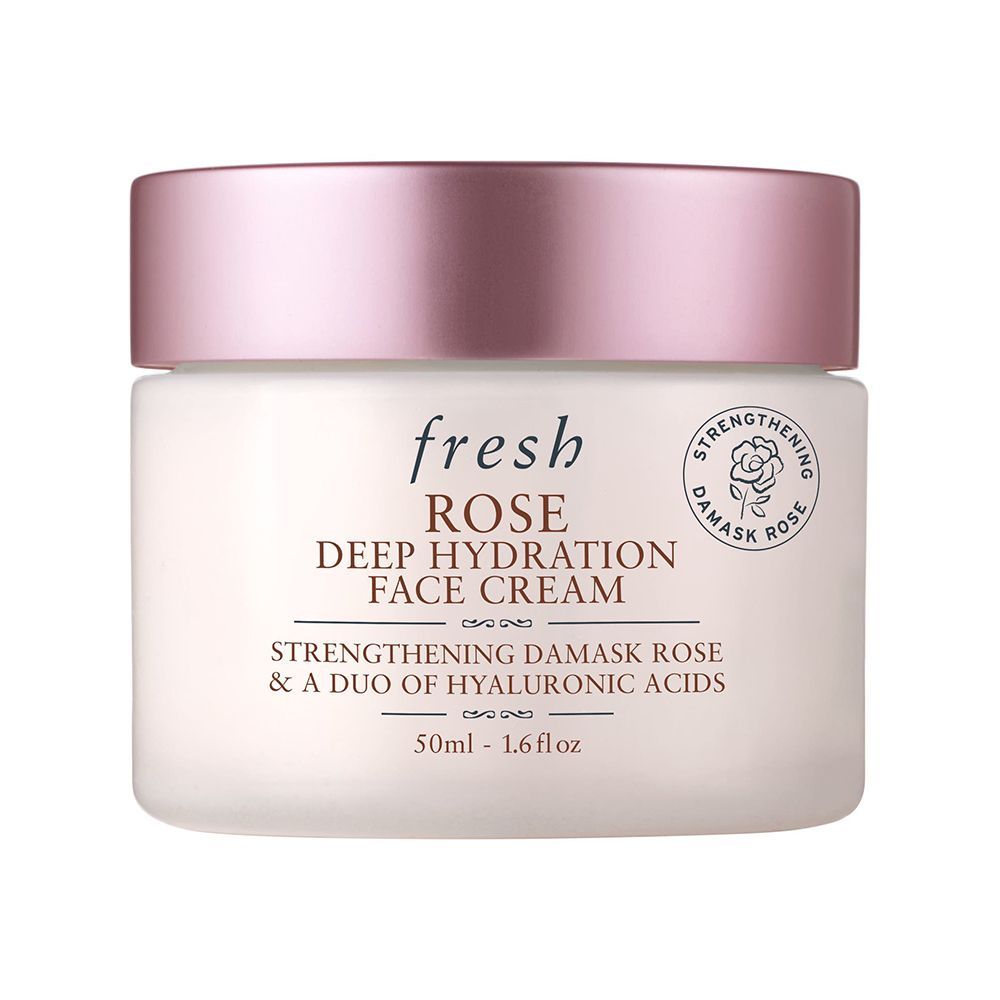The Do's and Don'ts of TikTok's Slugging Trend
The world of TikTok beauty can be incredibly overwhelming, given the number of new product launches, skincare hacks and tricks, and conflicting information we’re inundated with daily. We can all shamelessly admit that we’ve succumbed to a viral TikTok beauty hack or product during our daily doom scroll through the app, whether it was finally trying magnetic lashes or a buzzy new serum to treat your acne scars. Perhaps it was adding liquid chlorophyll to your water when TikTok said the ingredient would help manage your acne. We’ve since learned that there’s not much scientific evidence to support this claim. These trendy treatments are plentiful, but thankfully there are also a plethora of science buffs on the app who debunk many of these myths and often offer alternative skincare treatment solutions. One trend that most skin experts can agree is worth the hype: slugging.
The hashtag alone yields over 189 million views because everyone is after one thing: baby smooth skin. Slugging is a simple practice that requires “applying an occlusive like petrolatum to the face before bedtime,” explains board-certified dermatologist Dr. Hadley King. Skincare trends can be tricky to navigate, but the benefits of slugging make it worth a try. Read below for tips on how to properly slug your skin from experts you can trust.
What is slugging?
You likely haven’t used petroleum jelly on your face since your childhood, but Dr. Alexis Parcells, MD, a board-certified plastic surgeon and founder of SUNNIE, explains that slugging is a simple technique “of slathering on a heavy-duty occlusive like petroleum jelly as the last step of a nighttime routine.” It gets messy, but slugging locks in moisture and the other products you’ve used in your nighttime routine. “The slimy film resembles a slug. Hence the name “slugging,” she adds.
More From ELLE

Carla Nelson and Wendy Jules of Brooklyn’s Fleur De Lis Beauty say the treatment is a great way to moisturize your skin overnight and “it offers great hydration and water retention leaving skin fresh in the morning. The goal is to maintain young, bouncy skin, and slugging definitely aids in that.”
How often should you do slugging?
Rule number one of skin care is always to be aware of your skin’s health and needs. “As far as frequency goes, it’s best to listen to your skin,” Nelson adds. If you have skin that tends to be dry, you may benefit from slugging daily. However, those with oily skin should consider slugging less or not at all, Dr. Parcells says, as slugging might make any active breakouts or oil-prone skin even worse.
What are the benefits of slugging?
Slugging’s benefits extend beyond waking up to baby-smooth skin. Of all the benefits, one of the most important ones is barrier repair.“Slugging is a very safe way to help restore the skin barrier and prevent surface water loss. Slugging can also help your serum or moisturizer penetrate the skin more effectively. It is inexpensive and effective, helps restore moisture, and leaves your skin feeling soft, well hydrated, and smooth,” Dr. Sheilagh Maguiness, MD, board-certified dermatologist and co-founder of Stryke Club says.
Can slugging clog pores?
In most slugging routines, you’re slathering on a thick ointment, which can be quite daunting for folks with oily skin. Dr. Maguiness says that most “petrolatum-based ointments are non-comedogenic. Slugging should not clog your pores.” What’s most important is the types of products being used in the routine.“The limitation here lies in what you apply to your skin before the occlusive petrolatum layer; if it’s something that is an oil-based serum or another product that is more comedogenic, that may end up clogging pores and creating blemishes” she explains.
What skin types should avoid slugging?
Slugging is a skincare trend that many skin types can benefit from,“especially during the winter when dry skin is super common. In fact, even oily and acne-prone skin (if dry) can benefit from slugging,” Dr. Maguinuss says. However, if you’re prone to breakouts, you might want to sit this trend out. “Individuals with active acne breakouts or blackheads should probably avoid this technique and opt instead for treatment with ingredients aimed at fighting acne, such as salicylic acid, benzoyl peroxide, and topical retinoids,” she says.
What type of products should you avoid when slugging?
Dr. Parcells advises against using active ingredients, such as alpha-hydroxy acids (AHAs), beta hydroxy acids (BHAs), or retinoids when slugging at night. “When trapped, these [actives] can increase their strength beyond what was concentrated by a chemist, leading to unpredictable results on your skin,” she explains. Slugging is best paired with hydrating ingredients that contain humectants like honey or aloe vera. “Slugging itself isn’t hydrating—doesn’t infuse the skin with moisture. Rather, it keeps the moisturizing products you’ve applied from seeping out,” Dr. Parcells says.
How do you properly slug your skin?
First, you want to make sure you’re starting with a clean face before applying products to the skin. “Slugging itself is not comedogenic (acne-causing), but if you have clogged pores or retained makeup, you could create an infection or outbreak by trapping these particles under the occlusive. Make sure your skin is SUPER clean before sealing it. Exfoliate,” Dr. Parcells says.
Next, you want to ensure the products you’re applying are formulated to provide moisture. Dr. Parcells adds that you should look for “glycerin, hyaluronic, or aloe-based products” to apply to your damp skin. The steps are simple:
- Cleanse
- Exfoliate
- Moisturize with humectant-based products
- Apply the occlusive
These steps should be done about 30 minutes before bed to allow the products to seep into the skin. Before coating your skin with an occlusive it’s best to also protect your pillowcase from the treatment. “Place a towel over your pillowcase, as things can get messy overnight. Consider keeping your hair back in a sleep hat or headband. You may also use cling or saran wrap to contain the petroleum after application,” Dr. Parcells suggests.
What are the best products to use for slugging?
Once you’ve nailed the how-to, try the moisture-boosting treatment with these products. Then prepare for baby-soft skin by morning.
Meet the experts
Dr. Hadley King, a board-certified dermatologist who specializes in medical and cosmetic dermatology
Dr. Alexis Parcells, MD, a board-certified plastic surgeon and founder of SUNNIE
Carla Nelson and Wendy Jules, licensed estheticians and founders of Fleur De Lis Beauty
Dr. Sheilagh Maguiness, MD, board-certified dermatologist and co-founder of Stryke Club
Why trust ELLE Beauty?
Nerisha Penrose is the Beauty Commerce Editor at ELLE.com. Since joining ELLE.com in 2017, she has interviewed countless skincare professionals and has personally tested the latest and greatest products across makeup, skincare, and hair care.
Beauty Commerce Editor
Nerisha is the beauty commerce editor at ELLE.com, covering all things beauty (and fashion and music). She has a penchant for sneakers and nude lip glosses, and spends way too much time re-watching 90s sitcoms.


